WYZE
Creating a scalable onboarding system for the Wyze's customer support team.
Client
My role
- User Research
- UX Design
- Instructional Design
- Project Lead
Objective
Timeline
January 2019 – March 2020
Project Overview
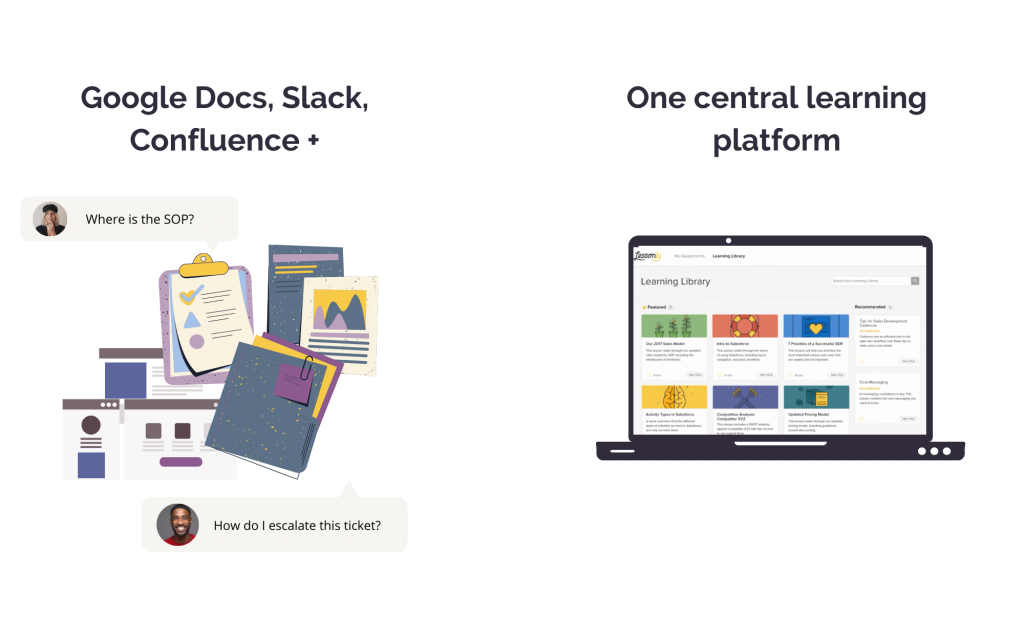
Challenge & Goal
Wyze went from a small team to hiring five to ten people a month across multiple outsourced call centers (BPOs). Training became a bottleneck for Wyze’s growth and customer satisfaction, so they needed to centralize their training online. This had to be done FAST to help Wyze catch up with the required new agents.
Our goal was to create a hub for all the training material that was spread across multiple platforms and make a cost-effective solution for hiring. To uphold quality across multiple teams, I also needed to track, organize, and quality control metrics for new hires.
- Centralize all training material
- Make an eLearning hub for onboarding
- Measure training and identify knowledge gaps
- Integrate training knowledge base with Zendesk
Discovery
How might we…
- Clearly identify the training needs
- Create an end-to-end learning experience that is easy and effective
- Make tracking new hires’ progress easy for managers
- Create a standardized body of knowledge that can be used by multiple customer support agencies
Preliminary UX Research
Since the online training platform was going to be critical to WYZE’s growth, I decided to invest a lot of time in preliminary research. I started by interviewing the customer support leads, managers, and trainers. This helped me identify the scope of the training program.
ManAger Interviews
- Interviewed 14 different managers
- 10 standardized questions
- 3 open-ended questions
- Recorded answers and looked for patterns and similarities
New Hire Interviews
- Interviewed the most recent hires
- Mapped out their progress and time to completion, as a baseline
Competitive Analysis
- Documented what other companies did for customer support training
- Compared LMS platforms and options
- Researched average cost of onboarding and employee training
After conducting interviews, I hosted a card sort activity with managers to understand the current state of training. This allowed me to make an affinity map that showcases where things are and problems that were arising.
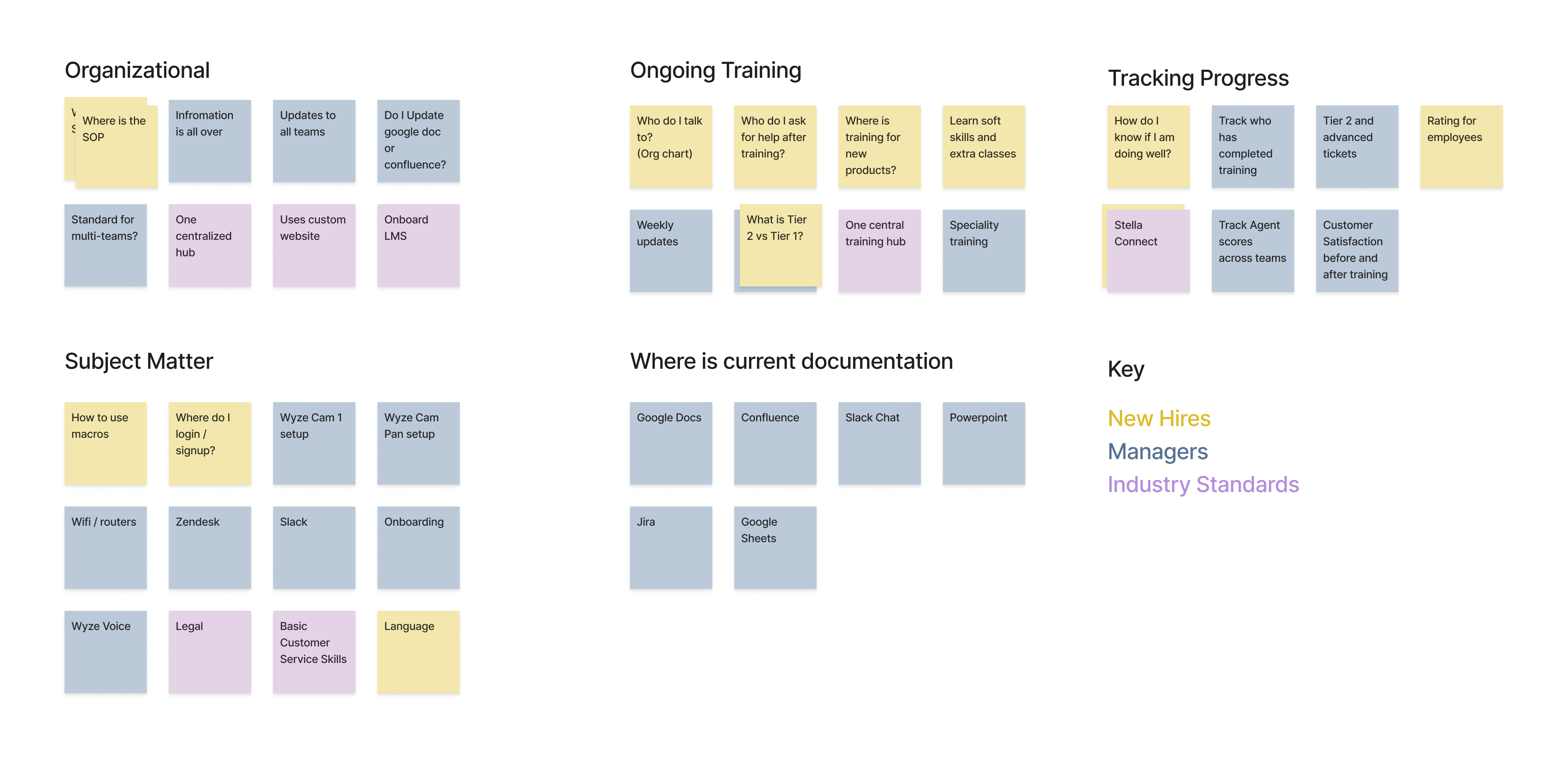
Define
Now that I had a good idea of the team players and the scope of the project, I realized there were three main personas – Managers, New Hires, and Senior Agents – that I needed to keep in mind for the training program. All three had different needs for using the training platform I was developing.
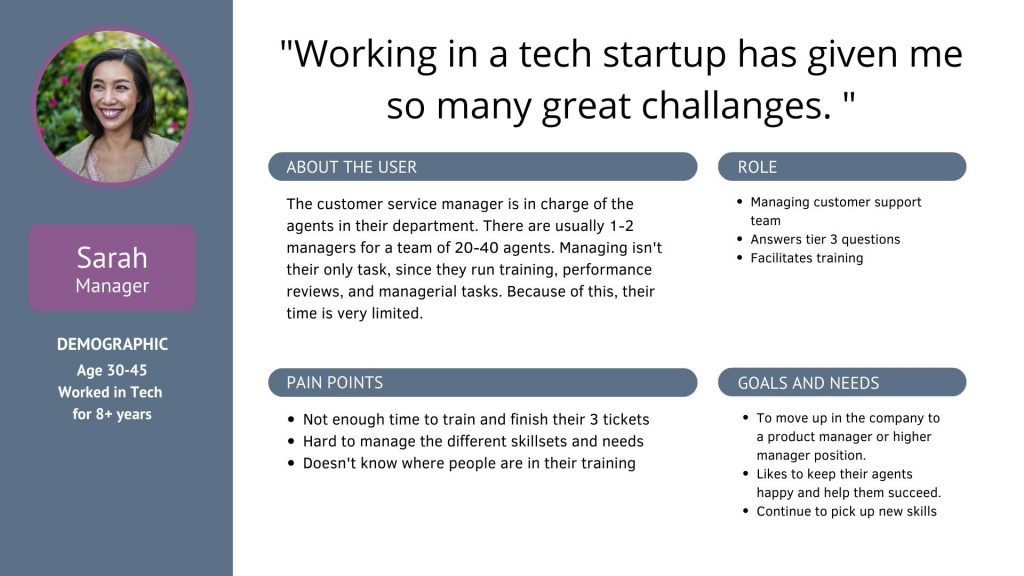
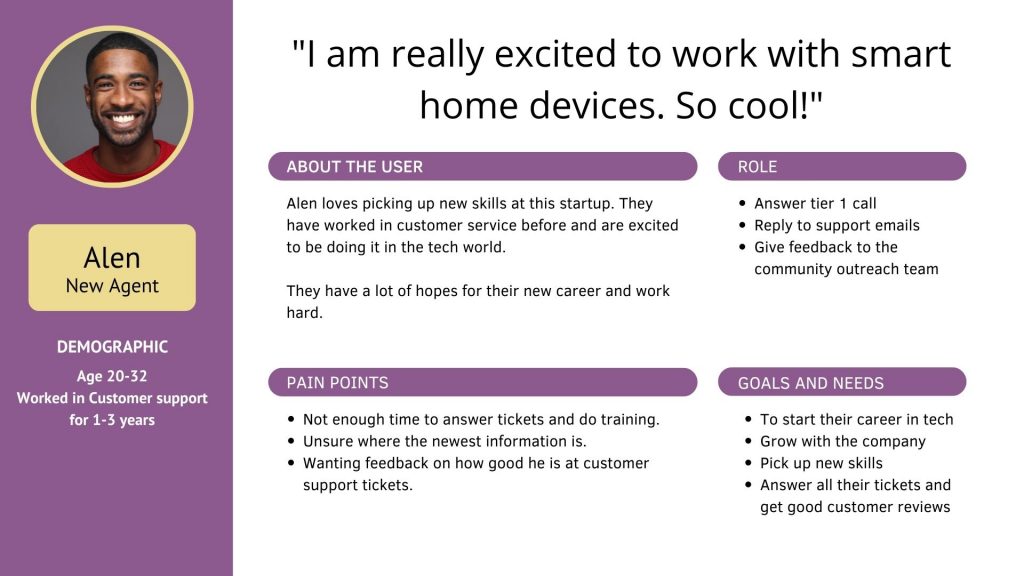
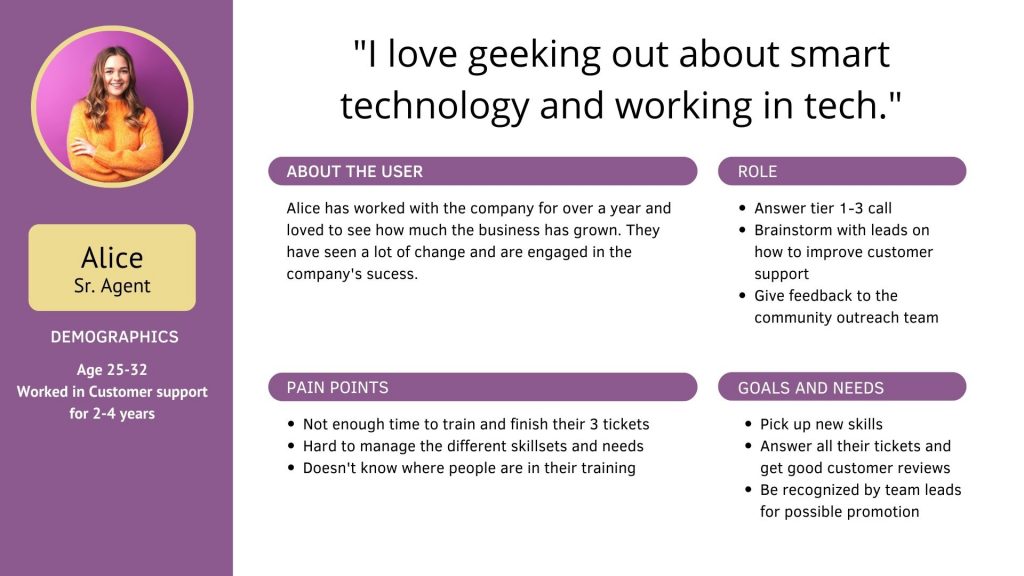
Creating the three persona’s helped me communicate the different needs of employees at their different stages of development/career. This also helped me discover the need for ongoing training and consider that for the design.
Develop
With the key players in mind, I meet with the customer support management team and started to iterate on solutions. I explored the current task flow of users and how we could save time through automation.
Managers were spending a lot of time and resources to train each individual. If we could automate even a part of that process it would give managers more time to onboard employees and catch up with the rapid growth.
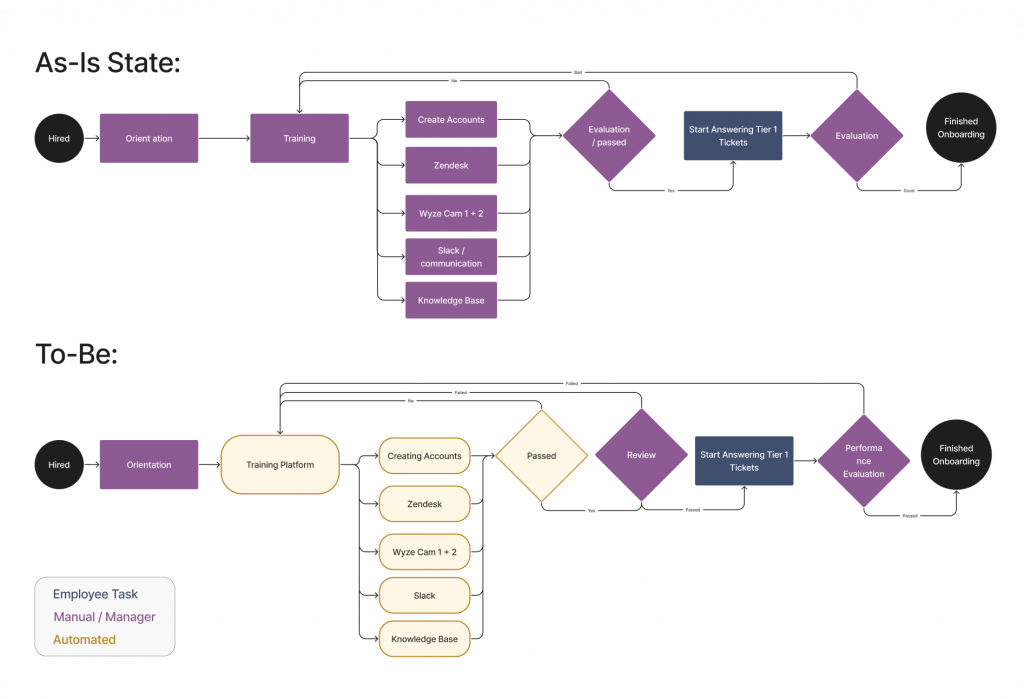
By defining the personas, business needs, and current state of the Wyze customer support onboarding process, I had the information I needed to start iterating on solutions. We considered in-person training, a manual, and other solutions. Since the technology and information for the customer support team changed so often, we decided the best solution was a centralized hub of information that could be accessed to both learn and look for current SOPs and knowledge base.
Training Platform Wireframe
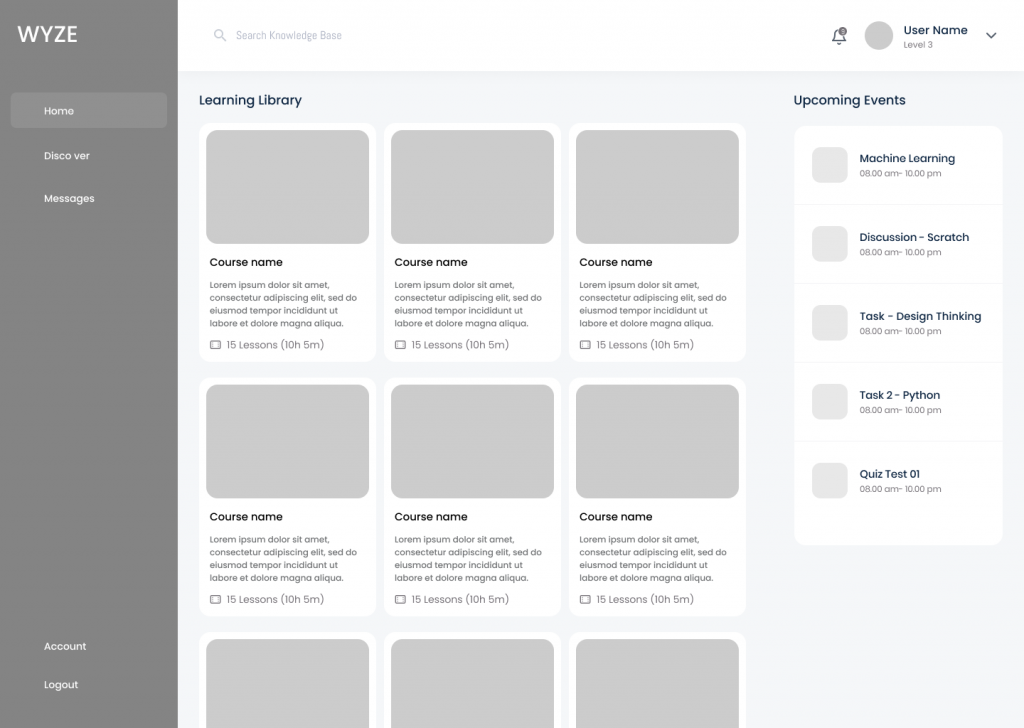
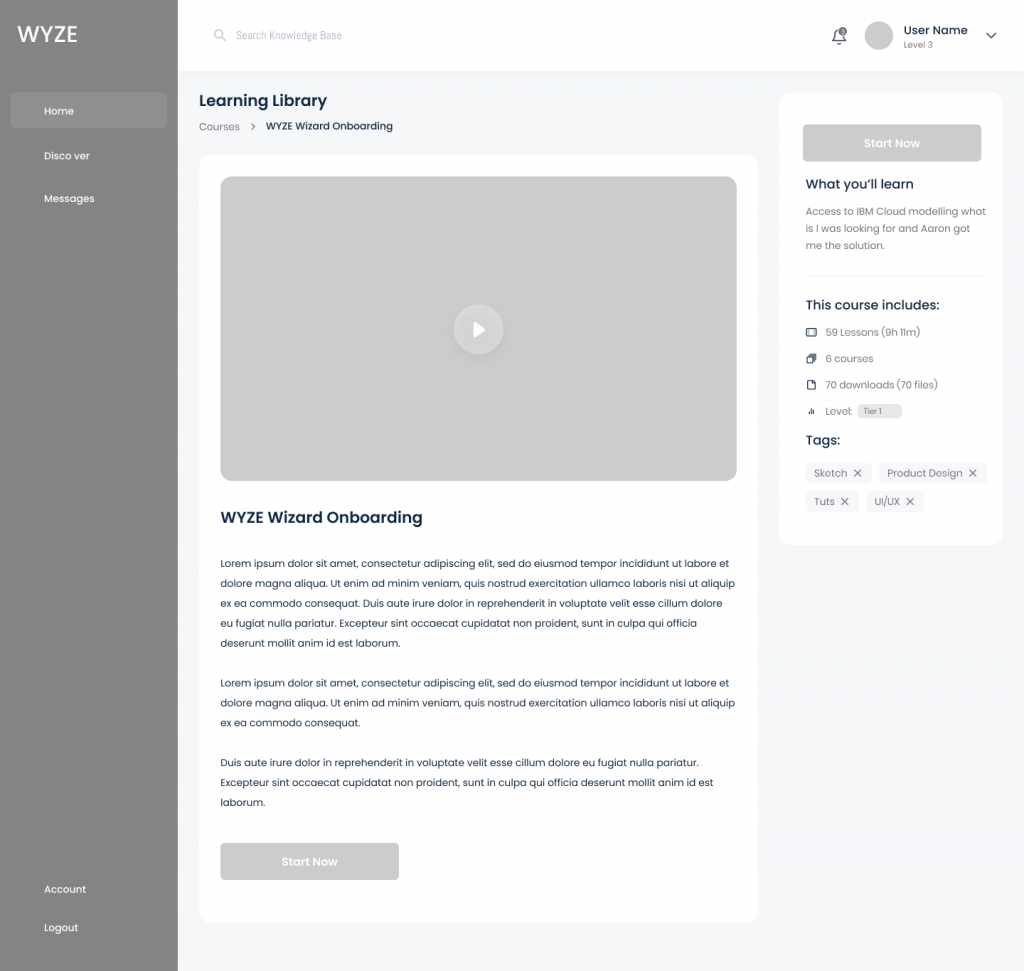
Before I moved on to the development stage, I mapped out all the pages I would need and the development team said it would take two devs six months or more to build this whole platform. After doing a cost-benefit analysis, I shared my findings with the team and we pivoted by partnering with an external Learning Management System to create an MVP.
This would allow us to keep up with the exponential growth the company was experiencing and the dev resources were better spent on scaling the core technology. This gave us a solution to move forward and focus our attention on the learner experience and information architecture of the training courses.
With a no-code solution in hand, I began to focus on instructional design. I did a brainstorming session with the managers and senior agents to identify the important topics.
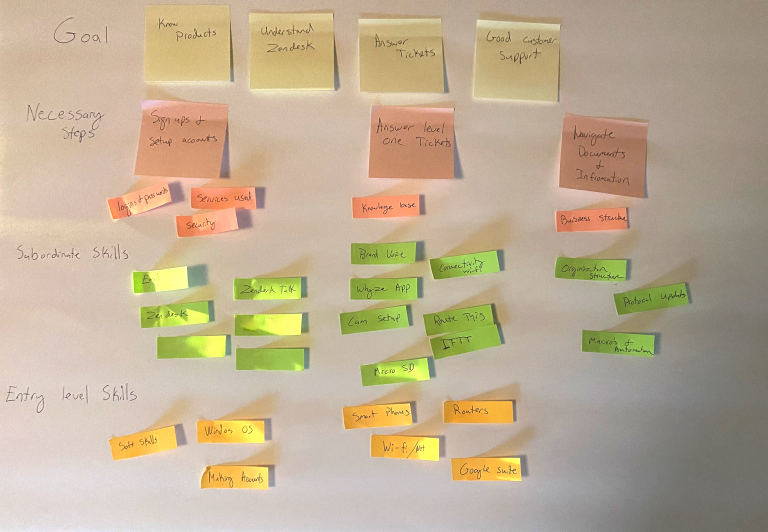
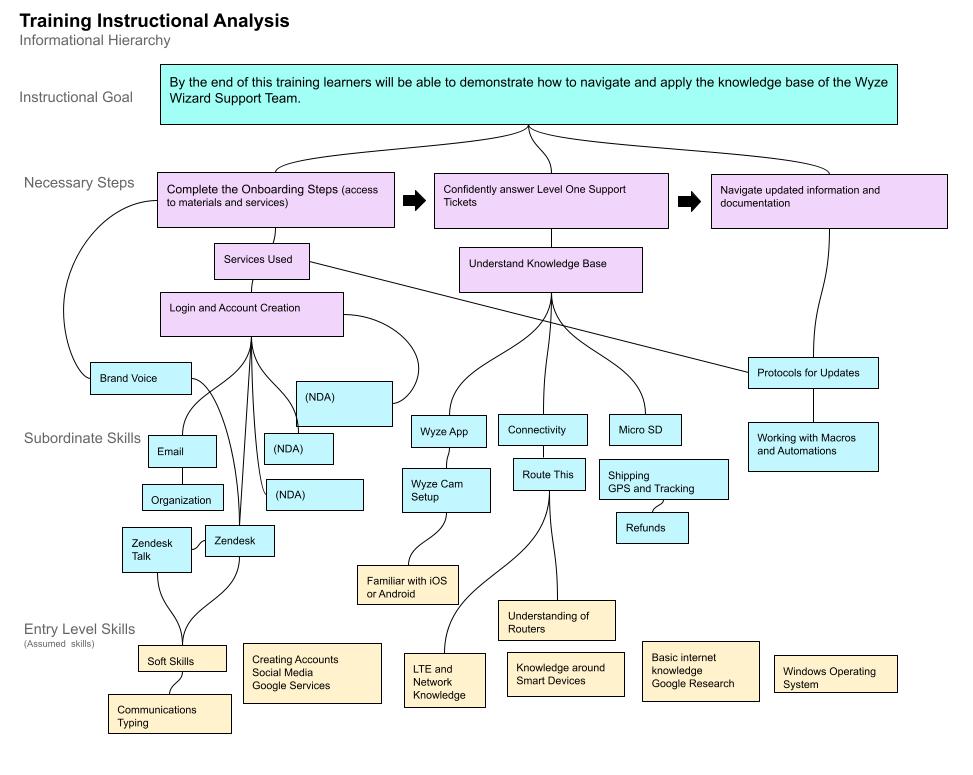
After this session, I had the information I needed to build the informational architecture for the course. I continued to work with the customer support managers to refine the curriculum as I went.
Time was of the essence with this project, so I had to make a lot of adjustments as I went, instead of spending extra time mapping it out and prototyping. After evaluation, the managers and I decided the lean learning approach would work best for the development of this course.
The Deliverables
With the user research in hand, it was time to build out the training platform and onboarding course. This included:
- Organizing the informational architecture and flow of the training
- Creating learner objectives for every module
- Work with subject matter experts to write lesson plans
- Write articles
- Create visual assets (such as graphics and videos)
- Create practice activities in Zendesk
- Implement all assets on the LMS
The Wyze Training Platform
Centralized Training – Learning Library
The Learning Library became the hub for updated customer support training material. The information was broken into multiple courses that would be given to customer support agents.


Modular Lesson Plans – Less Updating
Each course was broken down into modular lessons which took from 5-10 minutes to complete. This allowed new hires to fit them into their schedule, and not become overwhelmed.
The secondary effect was making the course material easier to update in the ever-changing world of tech and app updates.
Research has found that adults learn better through practice and self-learning. The training platform incorporated an “active-learning approach,” a “doing” rather than “observing” method through a series of Zendesk practice tickets.
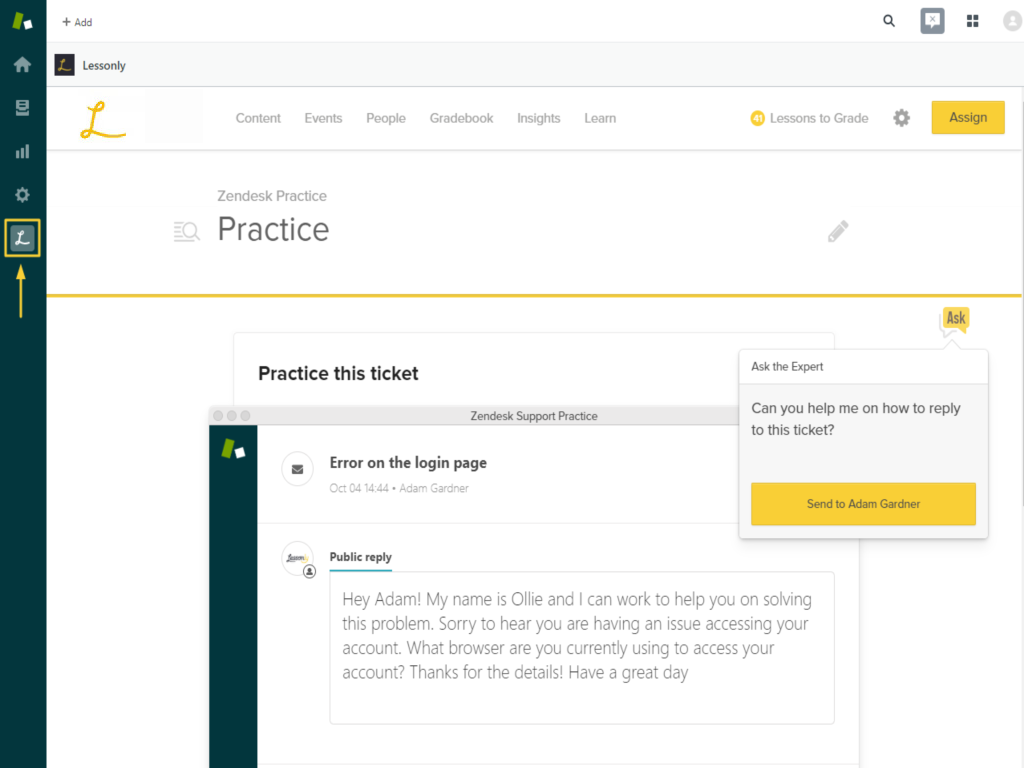
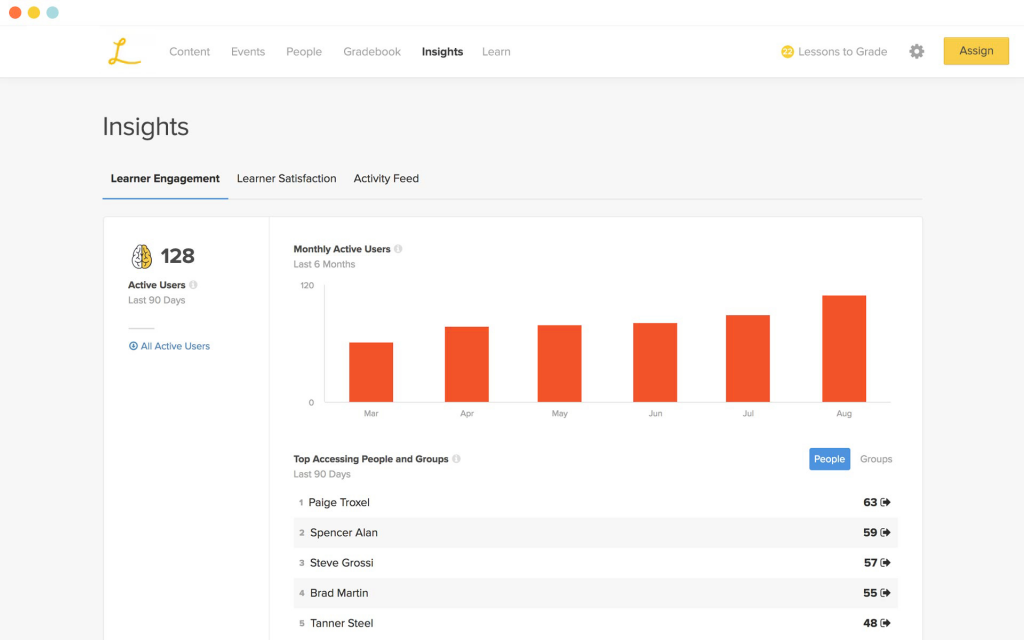
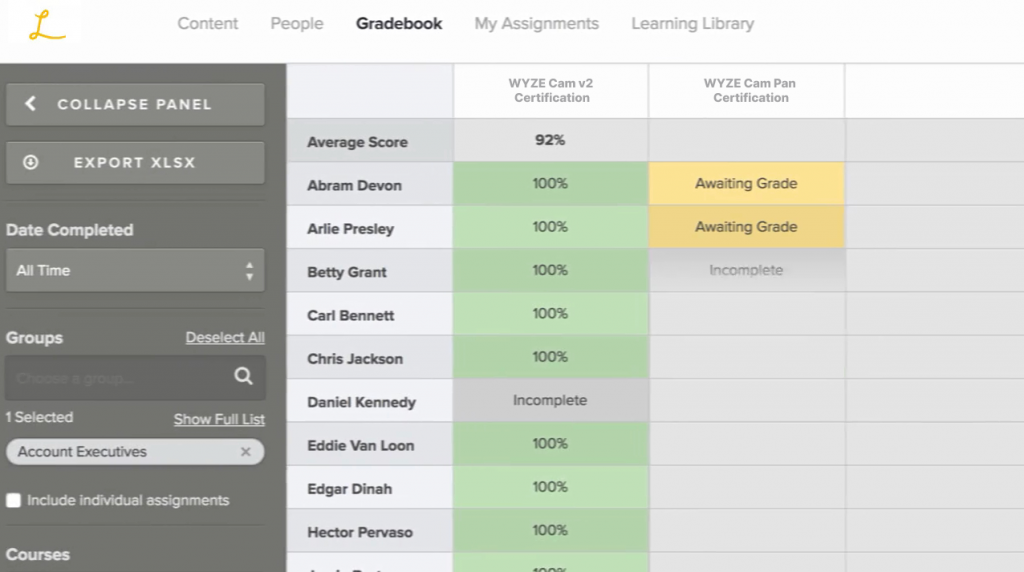
A good training program has to be constantly improving the information, as well as watching learners’ processes to help them if they are struggling.
I set up performance metrics and SOPs for determining whether a training program meets its intended goal.
There was also a portal for admins to check on the grades of a specific learner for performance evaluations.
Restructured Customer Support Page
Great onboarding wasn’t enough to lower the amount of open tickets. I restructured the help page to be easier to navigate. This decreased incoming tickets by 9% and helped customers fix issues faster without having to reach out to customer support.
I also collaborated with a college to implement an AI chatbox (SOLVY) that helped bring down incoming tickets event more.
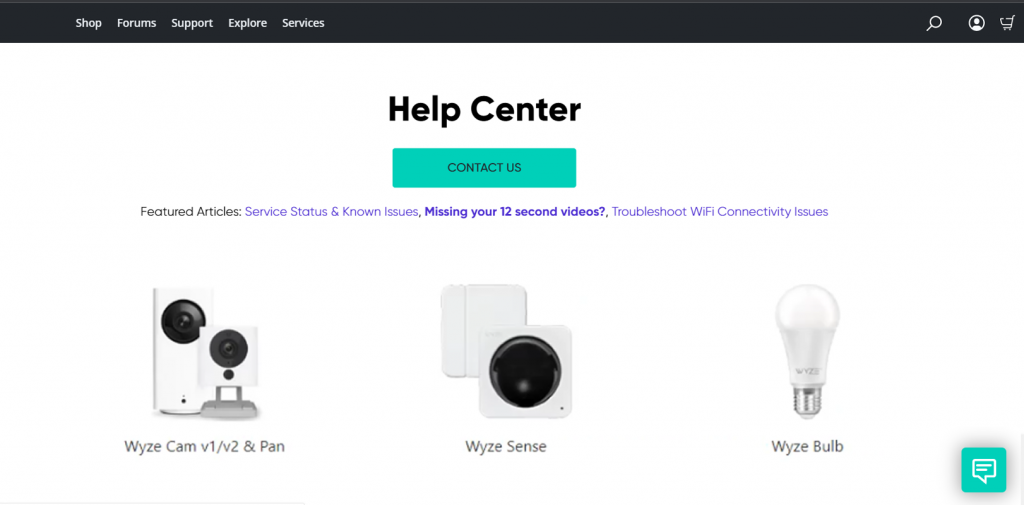
User Testing to Measuring Impact
Our goal, to get the course out as quickly as possible, didn’t allow us to do a lot of user testing before launch. Instead, I did usability testing for the first employees that took the onboarding course.
I did 8 screen-sharing sessions with learners to watch them go through the course. I also did interviews with the same learners to get qualitative data on the course. I then created surveys for other students to evaluate the effectiveness of the course.
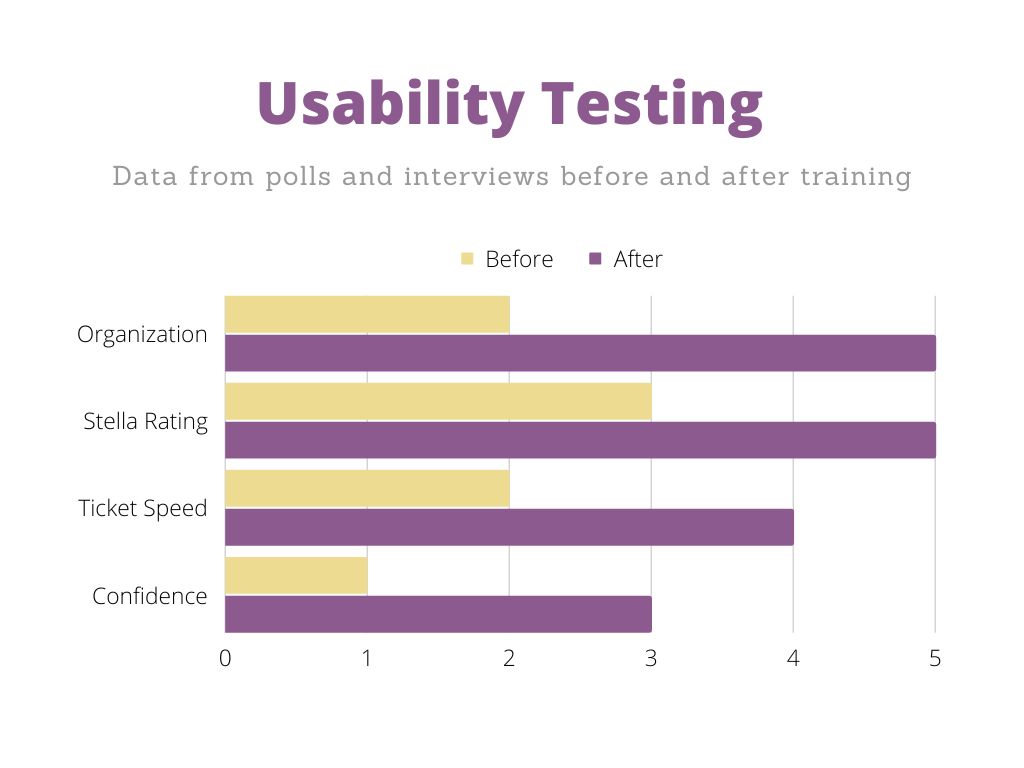
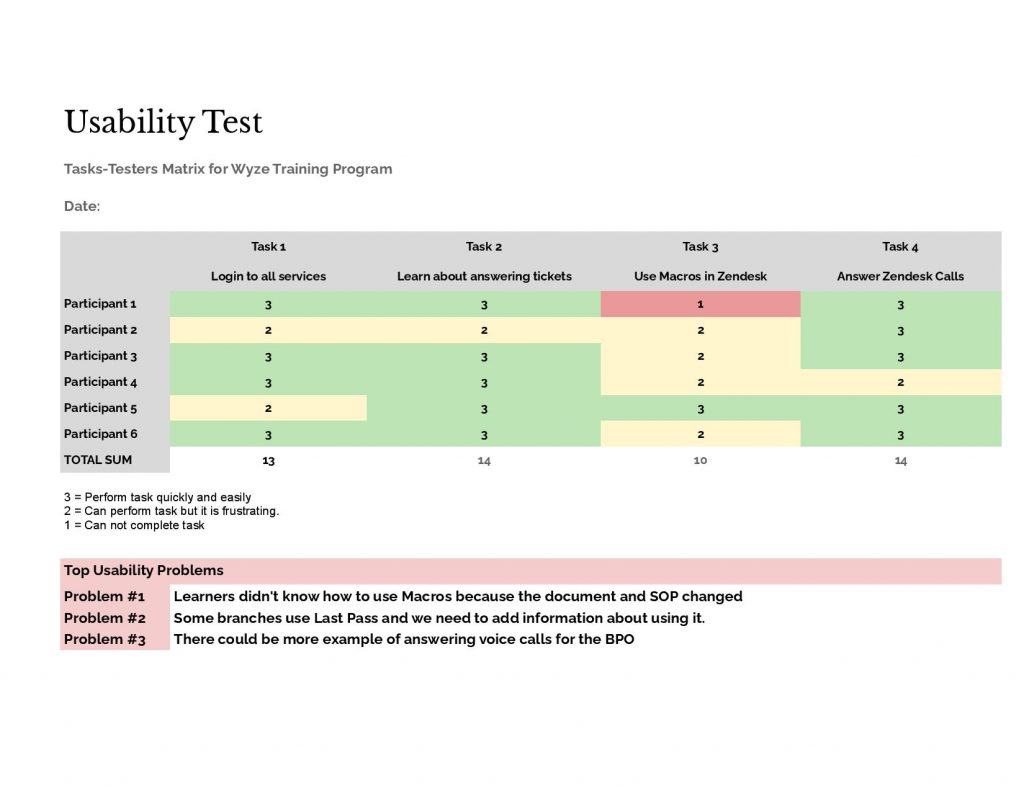
After usability testing, I discovered that a few learners had difficulty understanding the navigation of the course and where to find a few resources. I added new modules to fill in the knowledge gap. I checked with the next batch of hires and confirmed that no one had any issues with navigation, nor with the other few sections that had needed fixing.
Results
The onboarding course resulted in Wyze being able to scale from 30 customer support employees to 118 in six months.
The training program saved managers time training by 60%. With the new speed in which Wyze could get new employees trained, and the time freed up with management, the customer support team was able to increase productivity by 38% in a manner of months.
I am really proud of the work I did with the customer support team to create a hub for training material, making it easier to update across networks and offices. The online platform was instrumental in standardizing information across multiple offices and gave Wyze managers a way to track employees learning with ongoing micro-courses.
What I Would do Differently
Because of the limited budget and resources, I missed opportunities to improve the course. Here are some of the things I ended up learning:
- Later in the project, we realized we could lower the number of tickets by restructuring the support homepage. I wish we did a dull user flow for customers looking for support at the beginning to understand the wider problems.
- I had to pivot to use Lessonly as the LMS solution, but it lacked customizing and making scenario-based activities. I can see how in the long run, a custom solution would have worked better and I could have advocated for that more.
- I would have liked to implement AI chatbots into a learning environment, so trainees could try out their skills and get a score at the end.
- Each of the outsourced customer support centers (BPOs) used our training platform but had to supplement it with lessons for their own procedures. I would have liked to include them more in the development.
Let’s work together. Drop me a line!